Home>Home Appliances>Kitchen Appliances>How To Use The Kitchenaid Espresso Machine
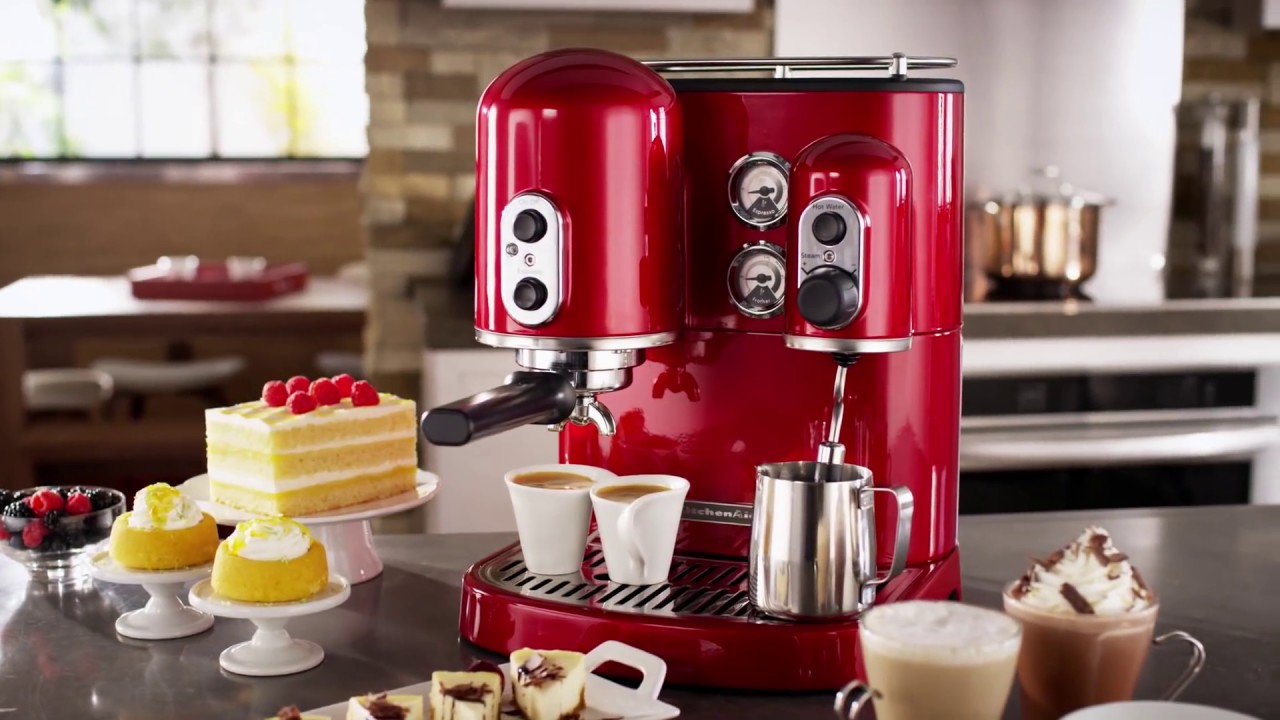

Kitchen Appliances
How To Use The Kitchenaid Espresso Machine
Modified: August 16, 2024
Discover how to make delicious espresso at home with the Kitchenaid Espresso Machine. Elevate your coffee game with this essential kitchen appliance. Unlock the secrets to perfect espresso.
(Many of the links in this article redirect to a specific reviewed product. Your purchase of these products through affiliate links helps to generate commission for Storables.com, at no extra cost. Learn more)
Introduction
Welcome to the world of barista-quality coffee at home with the Kitchenaid Espresso Machine! Whether you’re a coffee aficionado or just starting to explore the art of espresso-making, this user-friendly and stylish machine is designed to elevate your coffee experience. In this comprehensive guide, we’ll walk you through everything you need to know to make the most of your Kitchenaid Espresso Machine, from getting to know its features to mastering the art of crafting delicious espresso drinks.
With its sleek design and advanced technology, the Kitchenaid Espresso Machine brings the authentic café experience to your kitchen countertop. From the rich aroma of freshly ground coffee to the velvety texture of steamed milk, this machine is your gateway to creating a wide range of espresso-based beverages, including lattes, cappuccinos, and more. Whether you’re hosting a brunch with friends or simply savoring a quiet moment with a perfectly brewed espresso, this machine is poised to become your go-to appliance for crafting exceptional coffee drinks.
Throughout this guide, we’ll delve into the essential steps for using your Kitchenaid Espresso Machine, from familiarizing yourself with its components to mastering the art of pulling the perfect shot of espresso. Additionally, we’ll explore the process of steaming milk to achieve the ideal creamy texture for your favorite coffee creations. We’ll also cover the crucial aspects of cleaning and maintaining your machine to ensure its longevity and optimal performance. By the end of this guide, you’ll feel confident and empowered to unleash your inner barista and create coffee masterpieces from the comfort of your own home.
So, grab your favorite coffee mug and let’s embark on a journey to discover the art and science of using the Kitchenaid Espresso Machine to brew exceptional coffee beverages that will delight your senses and impress your guests.
Key Takeaways:
- Elevate your coffee experience with the Kitchenaid Espresso Machine! Master the art of crafting delicious espresso drinks and steaming milk to create barista-worthy beverages at home.
- Familiarize yourself with the machine’s components and features, and prioritize regular maintenance to ensure uninterrupted enjoyment of barista-quality coffee in the comfort of your own home.
Read more: How To Use The Galanz Espresso Machine
Getting to Know Your Kitchenaid Espresso Machine
Before diving into the process of making delicious espresso drinks, it’s essential to familiarize yourself with the key components and features of your Kitchenaid Espresso Machine. Understanding how each part functions will not only enhance your overall experience but also ensure that you can operate the machine with confidence and precision.
Key Components:
- Portafilter: This is where the ground coffee is packed before brewing espresso. It plays a crucial role in determining the flavor and strength of the espresso shot.
- Steam Wand: The steam wand is used to froth and steam milk, allowing you to create creamy and velvety textures for lattes and cappuccinos.
- Water Reservoir: The water reservoir holds the water used for brewing espresso. It’s important to keep it filled to ensure uninterrupted coffee-making sessions.
- Control Panel: The control panel houses the buttons and settings for operating the machine, including options for single or double shots, steam activation, and more.
- Cup Warmer: Some models feature a cup warmer on the top of the machine, which helps maintain the temperature of your espresso cups for optimal coffee enjoyment.
Features:
- Programmable Settings: The Kitchenaid Espresso Machine may offer programmable options for customizing the shot volume, temperature, and other parameters to suit your preferences.
- Brewing Lights: Illuminated indicators or brewing lights provide a visual cue during the espresso extraction process, ensuring that you can monitor the progress of your shot.
- Removable Drip Tray: The drip tray collects any excess water or coffee drips, and it can be easily removed for cleaning and maintenance.
- Hot Water Dispenser: Some models include a hot water dispenser, which is convenient for preparing Americanos or brewing other hot beverages.
By familiarizing yourself with these components and features, you’ll be better equipped to navigate the functionalities of your Kitchenaid Espresso Machine. This foundational knowledge sets the stage for an enjoyable and seamless coffee-making experience, allowing you to harness the full potential of the machine’s capabilities.
Now that you’ve acquainted yourself with the key elements of the machine, it’s time to move on to the next steps of preparing and using your Kitchenaid Espresso Machine to create exceptional coffee beverages.
Preparing Your Kitchenaid Espresso Machine
Before you embark on your espresso-making journey, it’s crucial to ensure that your Kitchenaid Espresso Machine is properly set up and primed for operation. By following these essential preparation steps, you’ll lay the foundation for consistently delicious and satisfying coffee creations.
1. Water Reservoir: Begin by filling the water reservoir with fresh, cold water. The quality of the water used significantly impacts the flavor of your espresso, so opt for filtered water whenever possible to enhance the taste of your coffee.
2. Power On and Warm-Up: Plug in your espresso machine and power it on. Allow the machine to warm up to the recommended brewing temperature, ensuring that it’s ready to deliver optimal extraction for your espresso shots.
3. Flush the System: To ensure that the machine is free from any residual impurities or air pockets, run a small amount of water through the group head and the steam wand. This process helps to purify the internal components, guaranteeing a clean and uncontaminated brewing environment.
4. Preheat the Portafilter: If your machine offers a preheating function, take advantage of it by placing the portafilter in the designated holder to warm it up. A preheated portafilter contributes to maintaining the optimal brewing temperature and promoting consistent extraction.
5. Select and Adjust Settings: Depending on the specific model of your Kitchenaid Espresso Machine, familiarize yourself with the available settings for shot volume, extraction time, and other customizable options. Adjust these settings according to your preferences and the type of coffee beverage you intend to prepare.
6. Purge the Steam Wand: If you plan to steam milk for lattes or cappuccinos, purge the steam wand to remove any condensation and ensure a steady flow of dry steam when frothing the milk. This step contributes to achieving the desired creamy texture for your milk-based drinks.
By meticulously preparing your Kitchenaid Espresso Machine before each use, you set the stage for consistent and exceptional coffee brewing. These preparatory measures not only optimize the machine’s performance but also contribute to the overall sensory experience of enjoying a perfectly crafted espresso or espresso-based beverage.
With your machine primed and ready, it’s time to delve into the art of crafting delicious espresso shots using the Kitchenaid Espresso Machine. Let’s explore the step-by-step process of making espresso that embodies the rich flavors and aromas you love.
Making Espresso
Mastering the art of pulling the perfect shot of espresso is a rewarding endeavor that allows you to savor the rich and complex flavors of finely brewed coffee. With your Kitchenaid Espresso Machine primed and ready, let’s explore the step-by-step process of creating a flawless espresso shot that embodies the essence of exceptional coffee craftsmanship.
1. Selecting and Grinding the Coffee: Begin by selecting high-quality coffee beans and grinding them to the appropriate fineness. For espresso, a fine and consistent grind is essential to ensure optimal extraction and the development of rich crema, the golden layer that crowns a well-prepared shot of espresso.
2. Preparing the Portafilter: Once the coffee is ground, dose the appropriate amount into the portafilter, using a gentle tamp to evenly distribute the coffee grounds. The tamping process plays a crucial role in creating a uniform and compact coffee puck, which is vital for achieving balanced extraction and flavorful espresso.
3. Inserting the Portafilter and Initiating Extraction: Secure the portafilter into the group head of the espresso machine and initiate the extraction process. Keep a close eye on the espresso as it flows into the cup, aiming for a steady stream with a rich, golden crema forming on the surface. The extraction time and volume can be adjusted based on your preferences and the specific characteristics of the coffee you’re using.
4. Observing and Tasting: As the espresso is being extracted, take note of the aroma, color, and texture of the resulting crema. The ideal espresso shot boasts a balanced flavor profile, with notes of sweetness, acidity, and body harmoniously intertwined. Once the extraction is complete, savor the espresso, allowing the complex flavors to unfold on your palate.
5. Adjusting and Refining: Through experimentation and attentive observation, you can refine the espresso-making process to achieve your desired flavor profile. Fine-tune variables such as grind size, tamping pressure, and extraction time to customize your espresso according to your taste preferences.
By following these steps and honing your technique, you’ll gradually develop the expertise to consistently produce exceptional espresso shots that rival those served in specialty coffee establishments. The Kitchenaid Espresso Machine serves as your trusted ally in this pursuit, providing the precision and control necessary to unlock the full potential of your coffee beans and deliver a truly remarkable espresso experience.
With the art of espresso-making mastered, let’s now venture into the realm of steaming milk to complement your espresso shots and create a diverse array of delightful coffee beverages.
To use the Kitchenaid Espresso Machine, make sure to preheat the machine and the cups, use freshly ground coffee, and tamp the coffee grounds firmly before brewing for the best results.
Steaming Milk
Steamed milk is a fundamental component in crafting a variety of beloved coffee beverages, from lattes to macchiatos. With your Kitchenaid Espresso Machine equipped with a powerful steam wand, you have the capability to transform cold milk into velvety, textured foam that enhances the flavor and visual appeal of your coffee creations. Let’s delve into the art of steaming milk, exploring the techniques and nuances that contribute to achieving the perfect milk froth for your favorite espresso-based drinks.
1. Selecting the Right Milk: The type of milk you choose significantly influences the texture and taste of the steamed milk. Whole milk delivers a rich and creamy consistency, while alternatives such as almond milk or oat milk offer unique flavor profiles and dietary considerations. Experiment with different milk varieties to discover the perfect match for your preferred coffee beverages.
2. Preparing the Steam Wand: Before steaming the milk, purge the steam wand to expel any condensation and ensure a consistent flow of dry steam. Position the steam wand just below the surface of the milk in a pitcher, creating a whirlpool motion to evenly distribute the heat and achieve uniform frothing.
3. Texturing the Milk: As the milk is steamed, the goal is to create a creamy microfoam with a velvety texture. This entails introducing air into the milk initially to generate a light froth, followed by submerging the steam wand deeper to heat the milk and further refine the foam’s consistency. The ideal result is a smooth and glossy microfoam that complements the espresso in both taste and visual appeal.
4. Monitoring Temperature: Pay close attention to the temperature of the milk as it steams, aiming to reach approximately 150-160°F (65-71°C). A thermometer can be utilized to gauge the temperature accurately, ensuring that the milk is heated to the optimal range for achieving a luscious and creamy texture without scalding.
5. Pouring and Finishing: Once the milk is steamed to perfection, gently tap the pitcher on a flat surface to eliminate any large air bubbles and create a smooth, consistent texture. Pour the steamed milk into your espresso, employing techniques such as latte art to elevate the visual presentation of your coffee beverages.
By mastering the art of steaming milk, you enhance your ability to create an array of delightful coffee drinks, each adorned with the luxurious texture and flavor of expertly frothed milk. With the Kitchenaid Espresso Machine’s intuitive steam wand, you have the power to elevate your coffee crafting skills and delight in the sensory pleasures of perfectly steamed milk paired with rich espresso.
As you continue to explore the possibilities of coffee artistry, it’s essential to maintain the cleanliness and functionality of your machine. Let’s delve into the crucial aspects of cleaning and maintaining your Kitchenaid Espresso Machine to ensure its longevity and optimal performance.
Read more: How To Use The Breville Espresso Machine
Cleaning and Maintenance
Proper cleaning and maintenance are essential for preserving the functionality and longevity of your Kitchenaid Espresso Machine, ensuring that it continues to deliver exceptional coffee experiences for years to come. By incorporating regular maintenance into your coffee-making routine, you’ll safeguard the machine’s performance and uphold the quality of your brewed beverages. Let’s explore the key aspects of cleaning and maintaining your espresso machine to uphold its pristine condition and optimize its operational efficiency.
1. Daily Cleaning: After each use, it’s important to wipe down the exterior of the machine with a soft, damp cloth to remove any coffee grounds, milk splatters, or water stains. This simple step helps maintain the machine’s visual appeal and prevents the accumulation of residue.
2. Group Head and Portafilter Care: Regularly remove the portafilter and thoroughly clean the group head to prevent the buildup of coffee oils and grounds. Use a brush designed for this purpose to dislodge any trapped particles and maintain the integrity of the brewing components.
3. Steam Wand Maintenance: After steaming milk, purge the steam wand and wipe it with a damp cloth to prevent milk residue from hardening and obstructing the wand’s functionality. Periodically remove the steam wand’s nozzle for a more thorough cleaning to ensure optimal steam performance.
4. Descale the Machine: Over time, mineral deposits from water can accumulate within the internal components of the machine. Follow the manufacturer’s guidelines for descaling, using a suitable descaling solution to remove limescale and maintain the integrity of the espresso machine’s internal pathways and heating elements.
5. Water Reservoir and Drip Tray: Regularly empty and clean the water reservoir to prevent the growth of bacteria and maintain the freshness of the water used for brewing. Additionally, remove and clean the drip tray to prevent overflow and ensure a hygienic environment for your machine.
6. Scheduled Maintenance: Adhere to the manufacturer’s recommended maintenance schedule, which may include tasks such as replacing water filters, checking seals and gaskets for wear, and lubricating moving parts as needed. Following these guidelines helps prevent premature wear and ensures consistent performance.
By incorporating these cleaning and maintenance practices into your coffee-making routine, you’ll not only preserve the pristine condition of your Kitchenaid Espresso Machine but also uphold the quality and flavor of the coffee it produces. Regular maintenance contributes to the machine’s reliability and longevity, allowing you to enjoy countless satisfying coffee moments with confidence and peace of mind.
With a well-maintained and optimized espresso machine at your disposal, you’re poised to overcome any potential challenges that may arise during the coffee-making process. Let’s explore the troubleshooting strategies that can help address common issues and ensure uninterrupted enjoyment of your Kitchenaid Espresso Machine.
Troubleshooting
While the Kitchenaid Espresso Machine is designed to deliver consistent performance and exceptional coffee quality, occasional issues may arise that require troubleshooting to swiftly resolve. By familiarizing yourself with common challenges and their solutions, you can effectively address any hiccups in the coffee-making process, ensuring that your espresso machine continues to operate smoothly and deliver delicious beverages. Let’s explore some troubleshooting strategies to overcome potential issues that may arise with your Kitchenaid Espresso Machine.
1. Inadequate Espresso Extraction: If you notice that the espresso extraction is too slow or too fast, it may indicate a grind size or tamping pressure issue. Adjust the grind fineness and ensure a uniform and firm tamp to achieve balanced extraction and optimal flavor concentration in the espresso shot.
2. Weak Steam Pressure: If the steam wand produces weak or inconsistent steam pressure, it may be due to a clogged steam tip or wand. Clean the steam wand thoroughly, ensuring that it is free from any obstructions that impede the flow of steam and hinder proper milk frothing.
3. Machine Not Powering On: If the espresso machine fails to power on, check the power source and ensure that the machine is securely plugged in. Additionally, verify that the power switch is in the “on” position and that the outlet is functioning properly. If the issue persists, consult the user manual for troubleshooting steps or contact customer support for assistance.
4. Inconsistent Water Flow: If the water flow during espresso extraction is inconsistent or sputters, it may indicate a clogged or obstructed water pathway. Perform a thorough cleaning of the group head, portafilter, and water dispersion components to ensure unimpeded water flow and consistent extraction.
5. Milk Not Frothing Properly: If the milk fails to froth or achieve the desired texture, review the steam wand positioning and technique. Ensure that the steam wand is properly purged and that the milk is adequately aerated and heated to the ideal temperature for achieving creamy microfoam.
6. Unusual Noises or Vibrations: If you notice unusual noises or vibrations during the machine’s operation, it may indicate loose components or internal issues. Turn off the machine and inspect for any loose parts, and if the problem persists, seek professional assistance to diagnose and address the underlying cause.
By familiarizing yourself with these troubleshooting strategies, you’ll be well-equipped to address potential challenges and maintain the seamless operation of your Kitchenaid Espresso Machine. With proactive troubleshooting and attentive maintenance, you can uphold the machine’s performance and continue to enjoy the delights of expertly crafted coffee beverages in the comfort of your home.
With the troubleshooting strategies in mind, you’re now prepared to navigate any potential issues that may arise while using your espresso machine. By proactively addressing these challenges, you can uphold the machine’s performance and continue to delight in the art of creating exceptional coffee beverages.
As we conclude our comprehensive guide to using the Kitchenaid Espresso Machine, we invite you to embrace the art and science of coffee crafting, leveraging the machine’s capabilities to indulge in the sensory pleasures of expertly brewed espresso and delightful milk-based drinks. Whether you’re savoring a quiet moment with a perfectly pulled shot of espresso or impressing guests with your barista-worthy creations, the Kitchenaid Espresso Machine is your trusted ally in the pursuit of coffee perfection.
Conclusion
Congratulations on embarking on a journey to discover the art and science of using the Kitchenaid Espresso Machine to elevate your coffee experience. From mastering the nuances of pulling the perfect shot of espresso to expertly steaming milk for lattes and cappuccinos, you’ve delved into the intricacies of coffee craftsmanship and harnessed the capabilities of this sophisticated appliance to create exceptional beverages.
Throughout this comprehensive guide, we’ve explored the essential steps for using your Kitchenaid Espresso Machine, from familiarizing yourself with its components and features to honing your skills in the art of crafting delicious coffee drinks. By acquainting yourself with the machine’s functionalities and incorporating best practices for preparation, extraction, and maintenance, you’ve positioned yourself to unleash your inner barista and delight in the sensory pleasures of expertly brewed coffee beverages.
As you continue to hone your coffee-making prowess, remember that experimentation and exploration are key to discovering your preferred flavor profiles and mastering the craft of coffee artistry. Whether you’re drawn to the bold intensity of an espresso shot or the indulgent creaminess of a perfectly frothed latte, the Kitchenaid Espresso Machine empowers you to create a diverse array of coffee creations that reflect your unique tastes and preferences.
By prioritizing regular maintenance and proactive troubleshooting, you can safeguard the machine’s performance and ensure uninterrupted enjoyment of barista-quality coffee in the comfort of your own home. With each meticulously crafted beverage, you’re not only savoring the rich aromas and flavors of exceptional coffee but also embracing the art of creating memorable moments and shared experiences with family and friends.
As you bid farewell to this guide, we encourage you to continue exploring the boundless possibilities of coffee crafting, leveraging the capabilities of the Kitchenaid Espresso Machine to indulge in the sensory pleasures of expertly brewed espresso and delightful milk-based drinks. Whether you’re savoring a quiet moment with a perfectly pulled shot of espresso or impressing guests with your barista-worthy creations, the Kitchenaid Espresso Machine stands as your trusted ally in the pursuit of coffee perfection.
May each sip of your meticulously crafted coffee creations transport you to a realm of indulgence, inspiration, and pure delight. Cheers to the art of coffee craftsmanship and the enduring joy of exceptional coffee experiences!
Frequently Asked Questions about How To Use The Kitchenaid Espresso Machine
Was this page helpful?
At Storables.com, we guarantee accurate and reliable information. Our content, validated by Expert Board Contributors, is crafted following stringent Editorial Policies. We're committed to providing you with well-researched, expert-backed insights for all your informational needs.
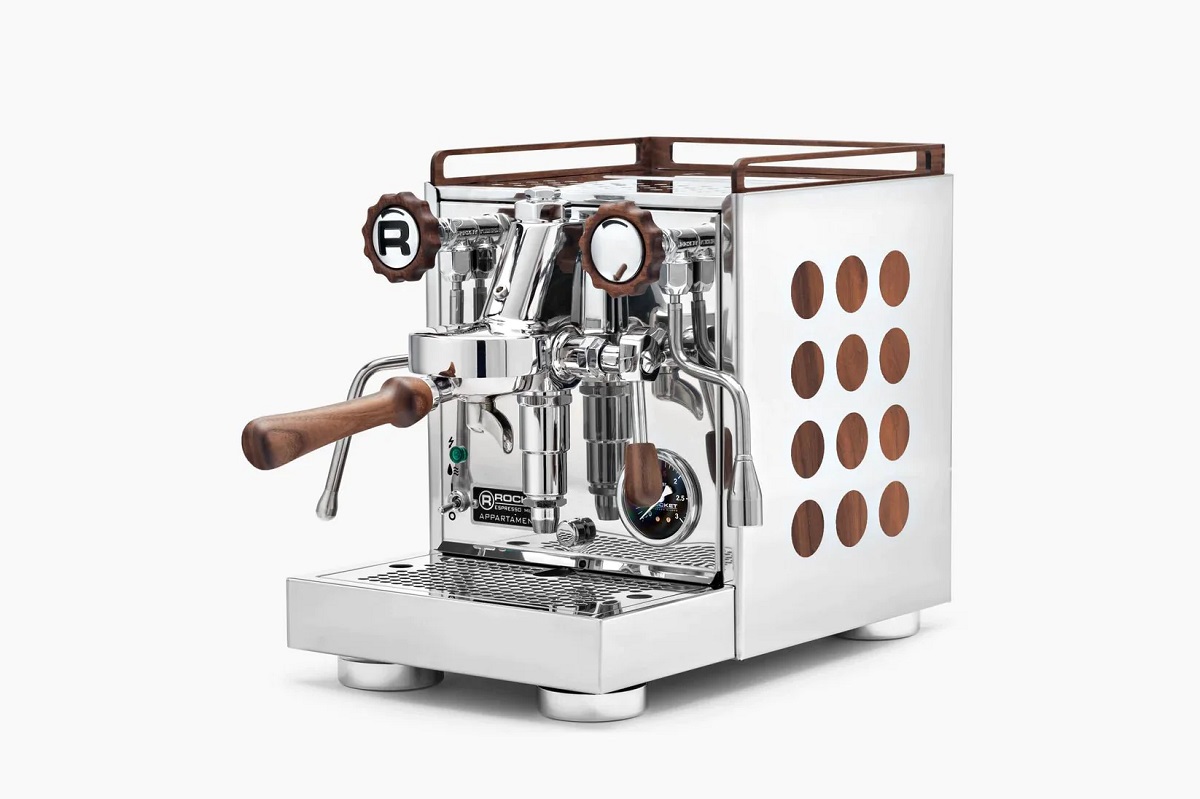
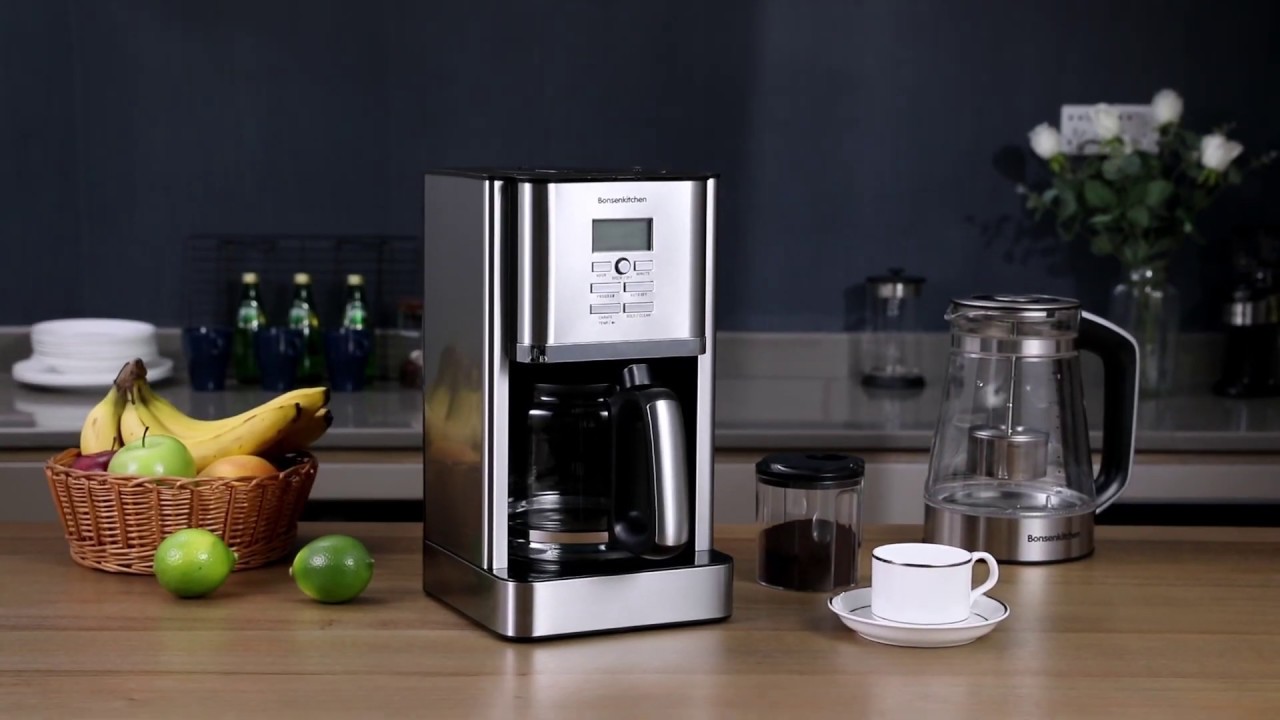
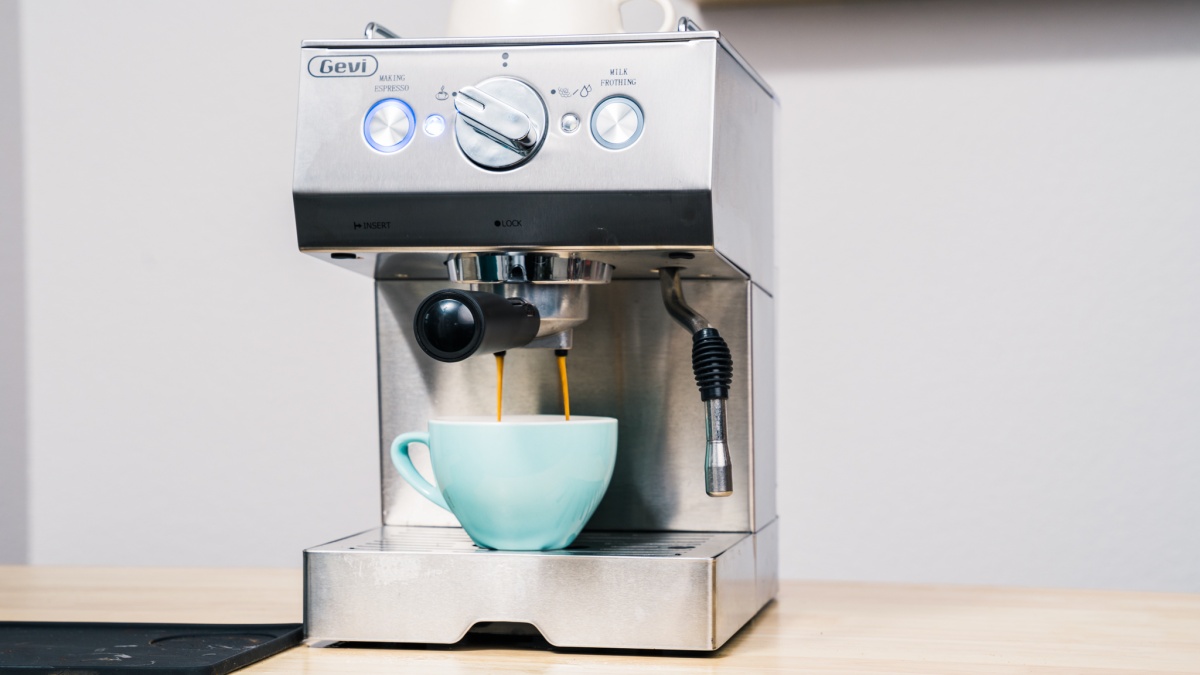
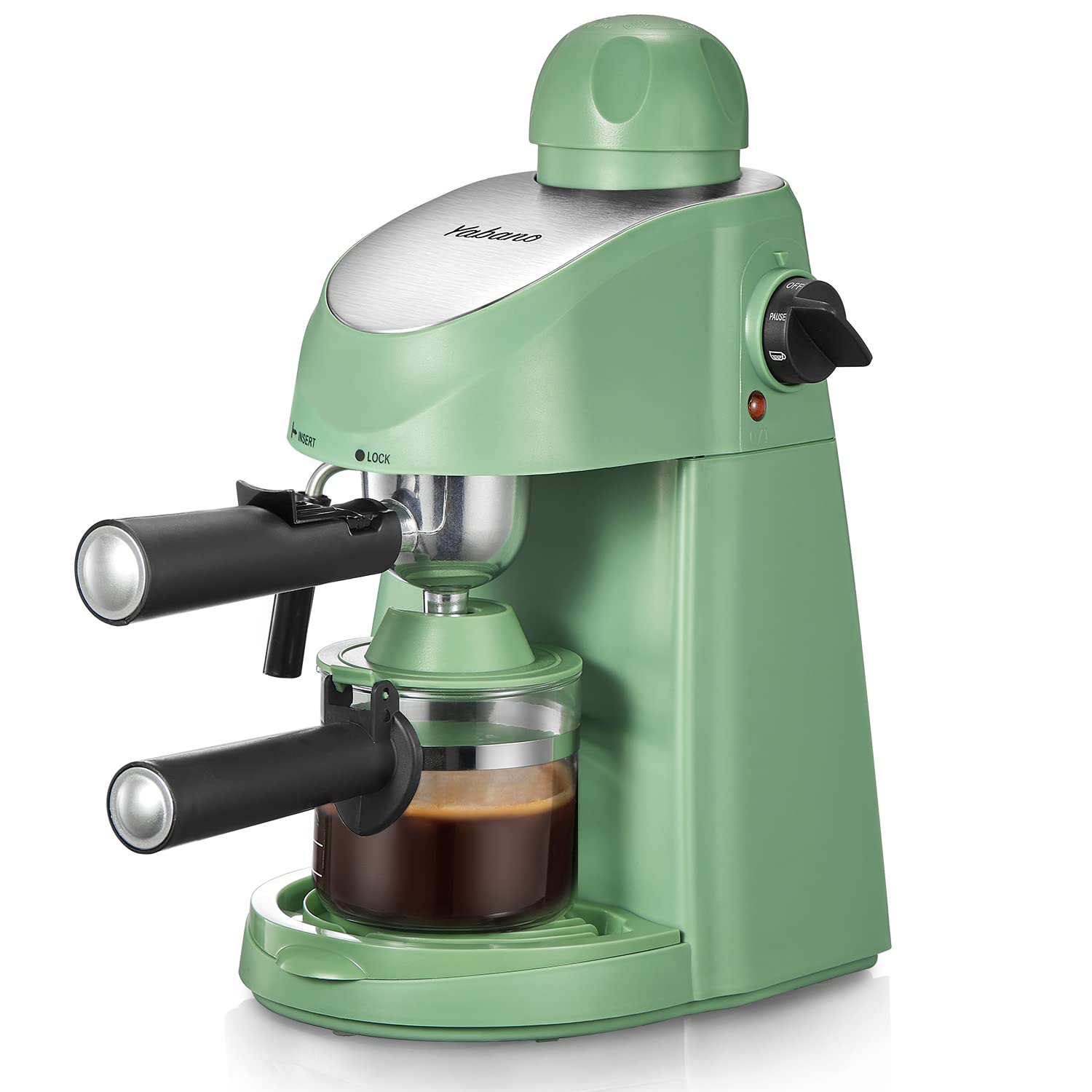
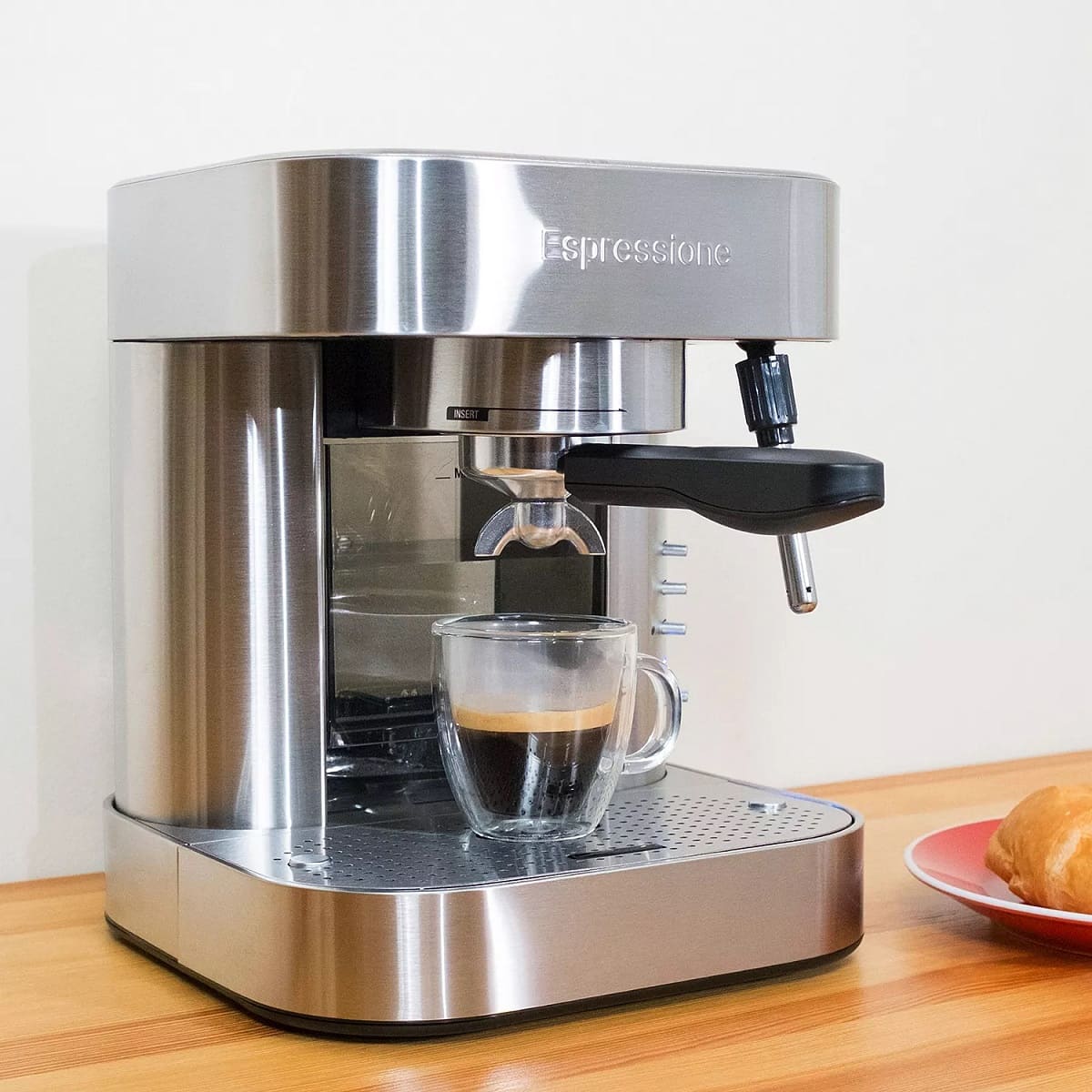
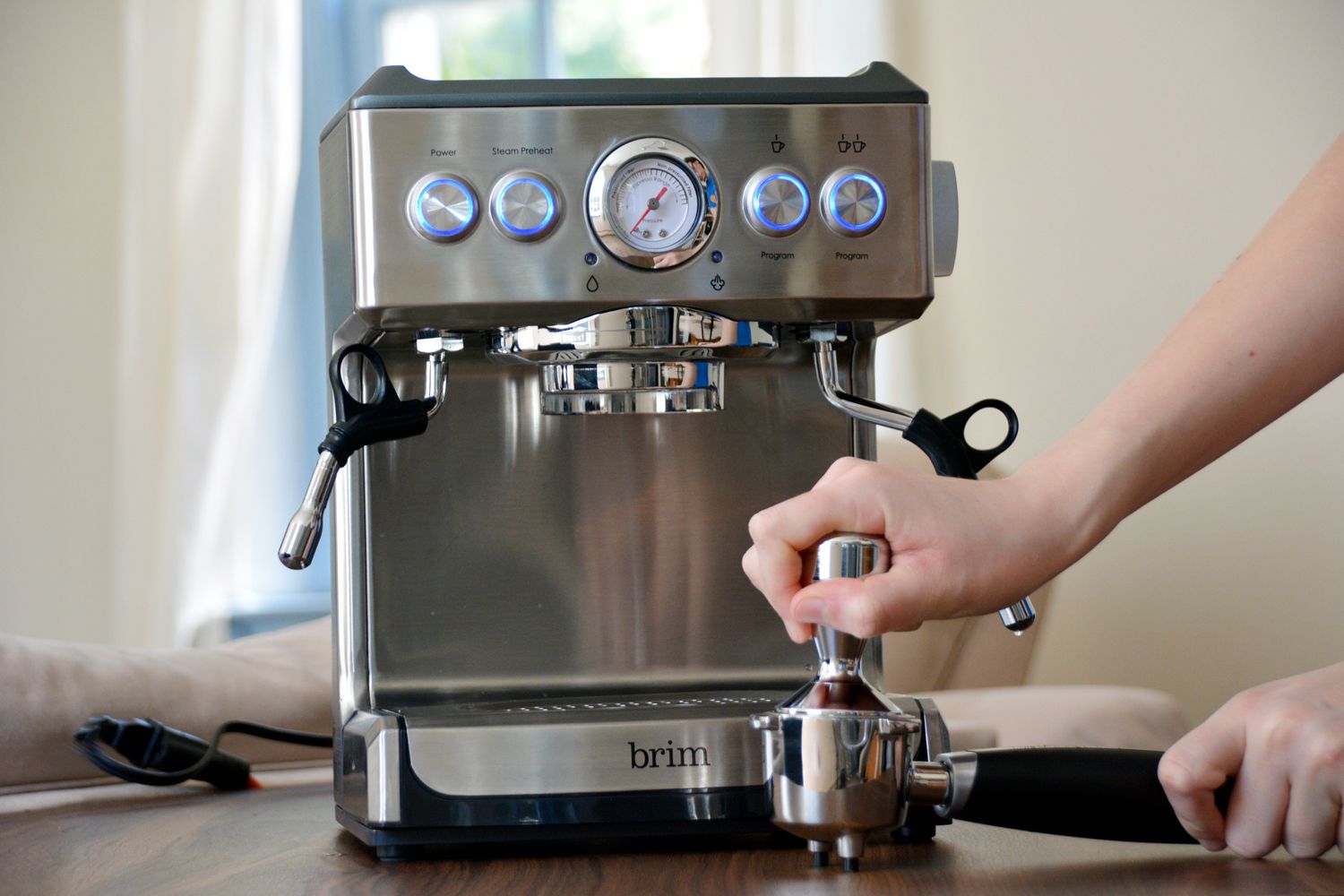

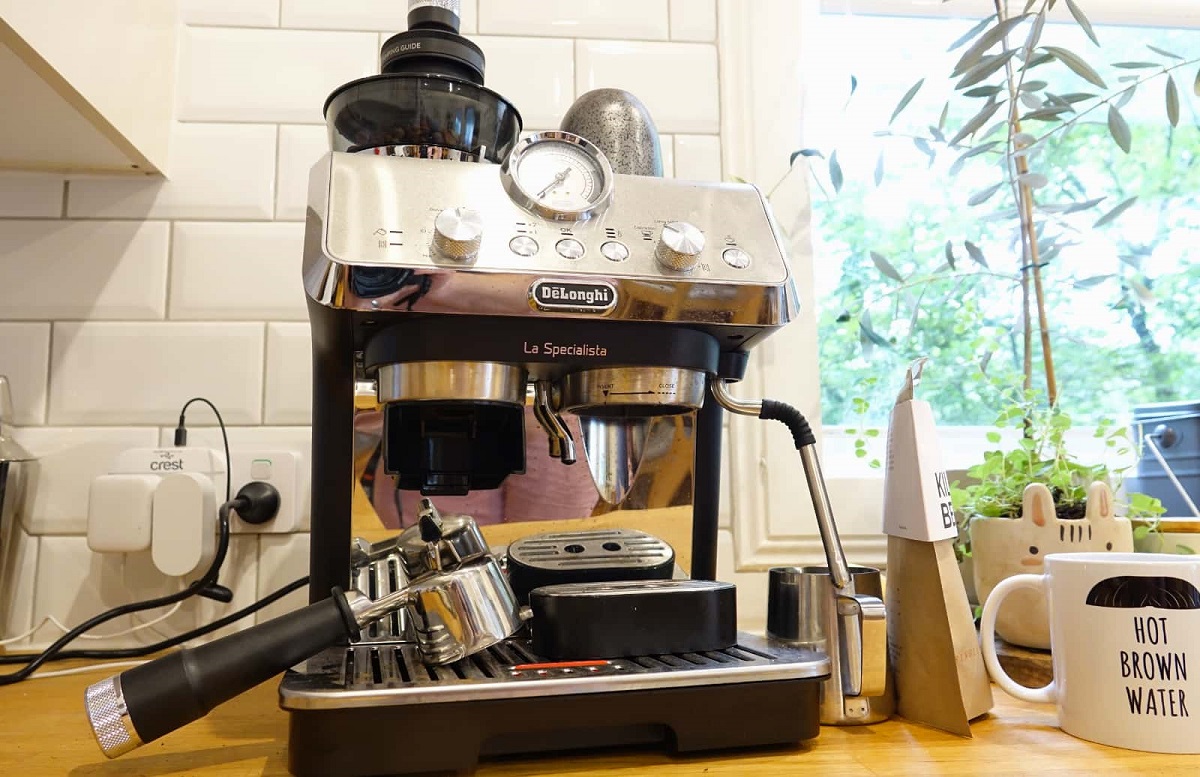
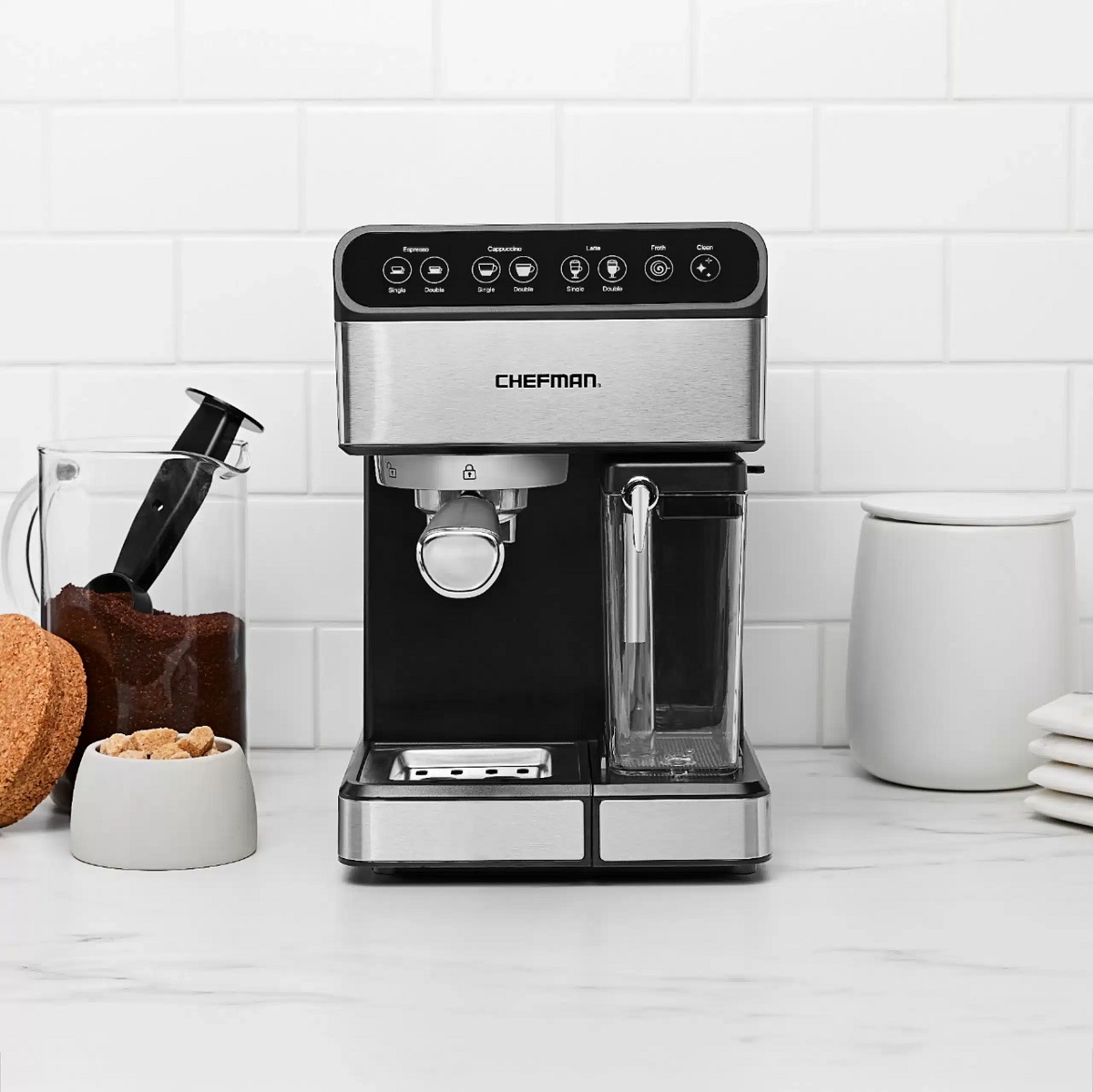
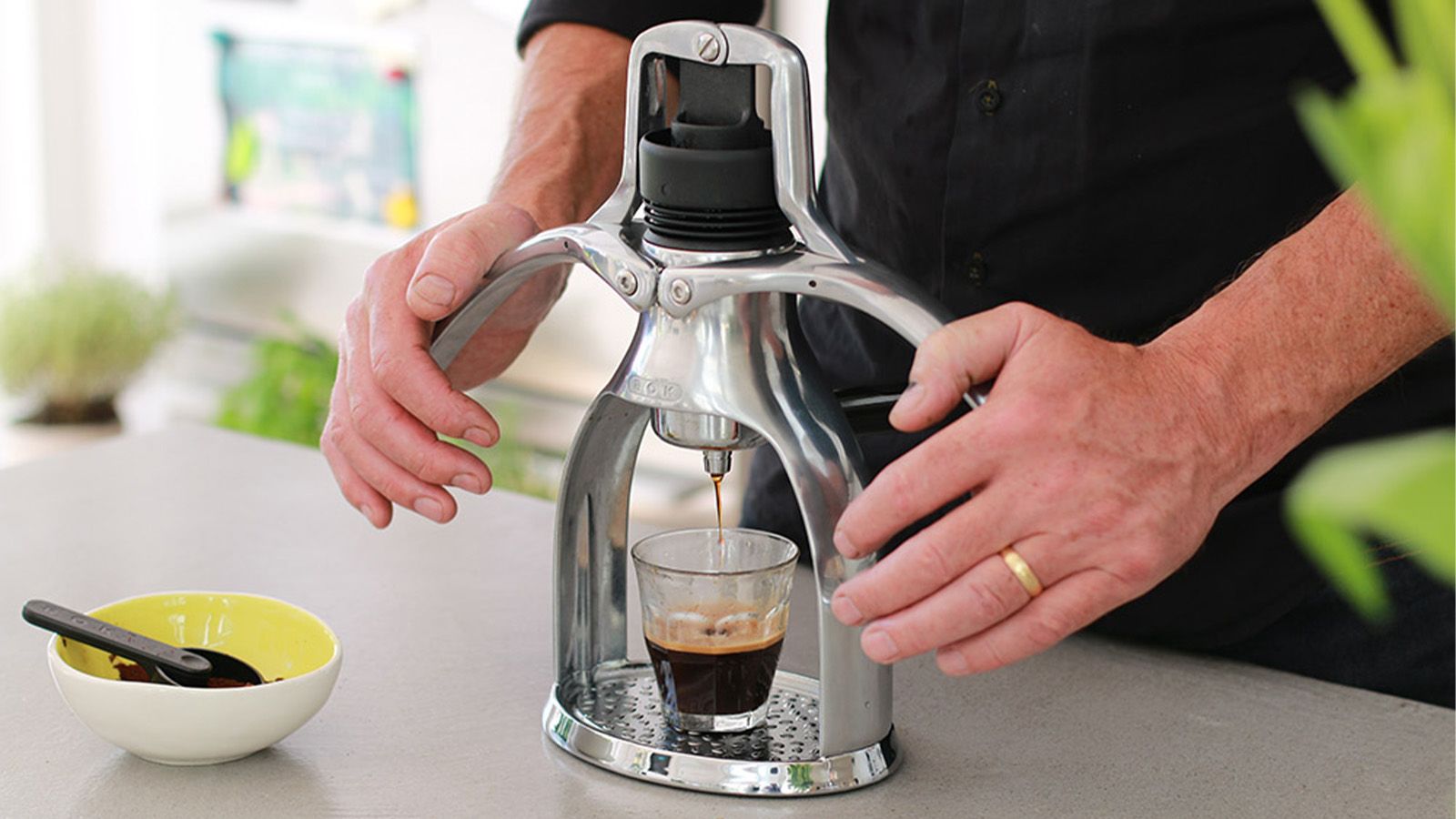
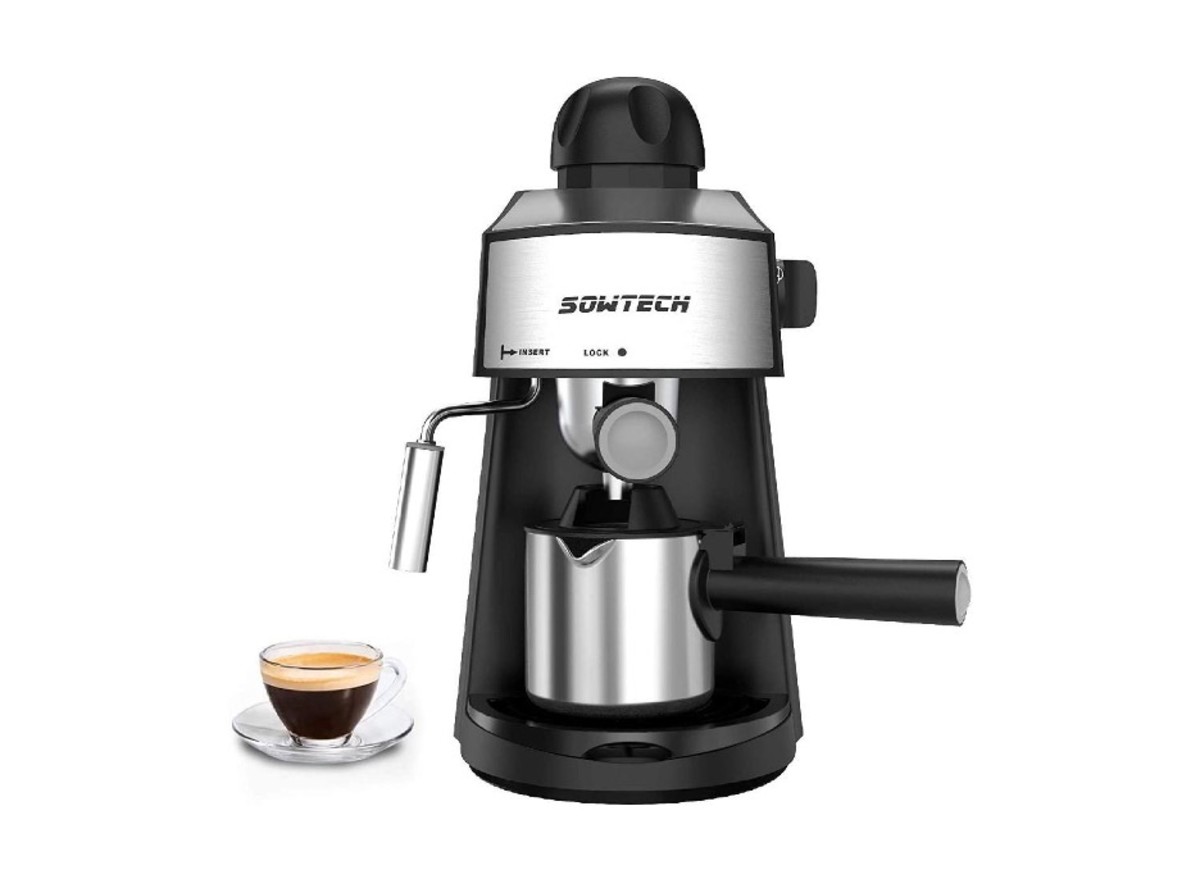
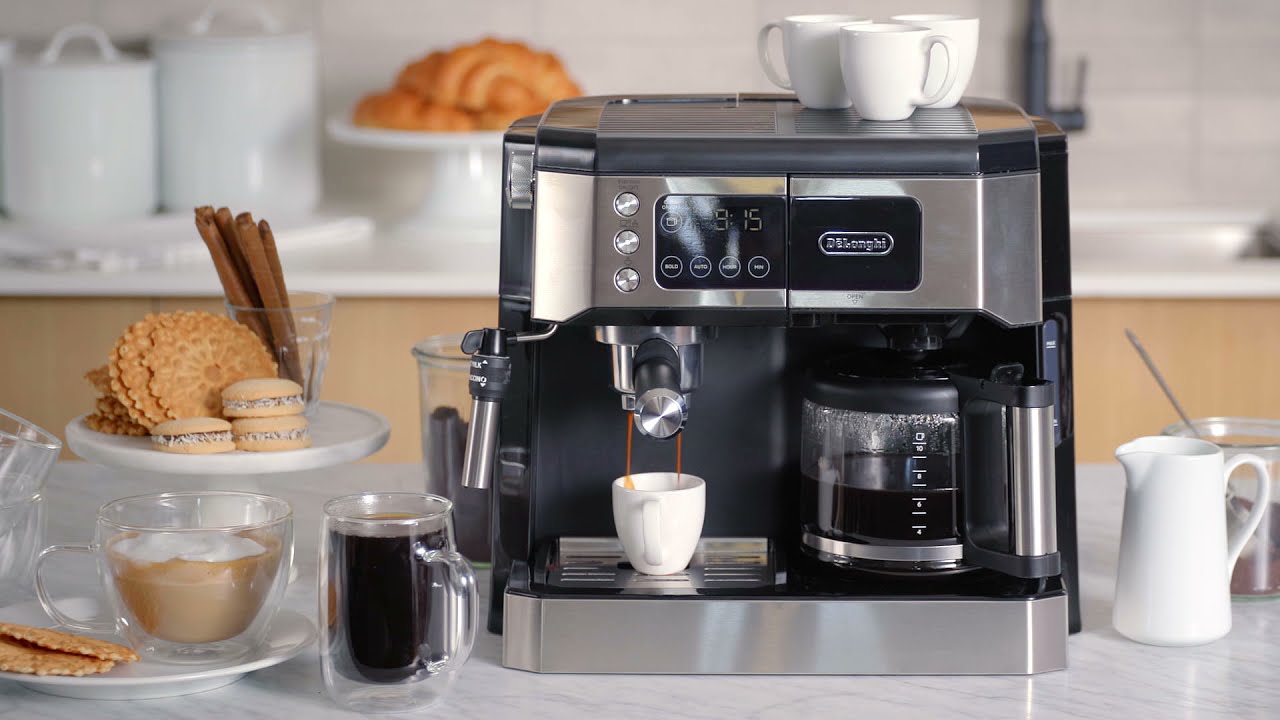
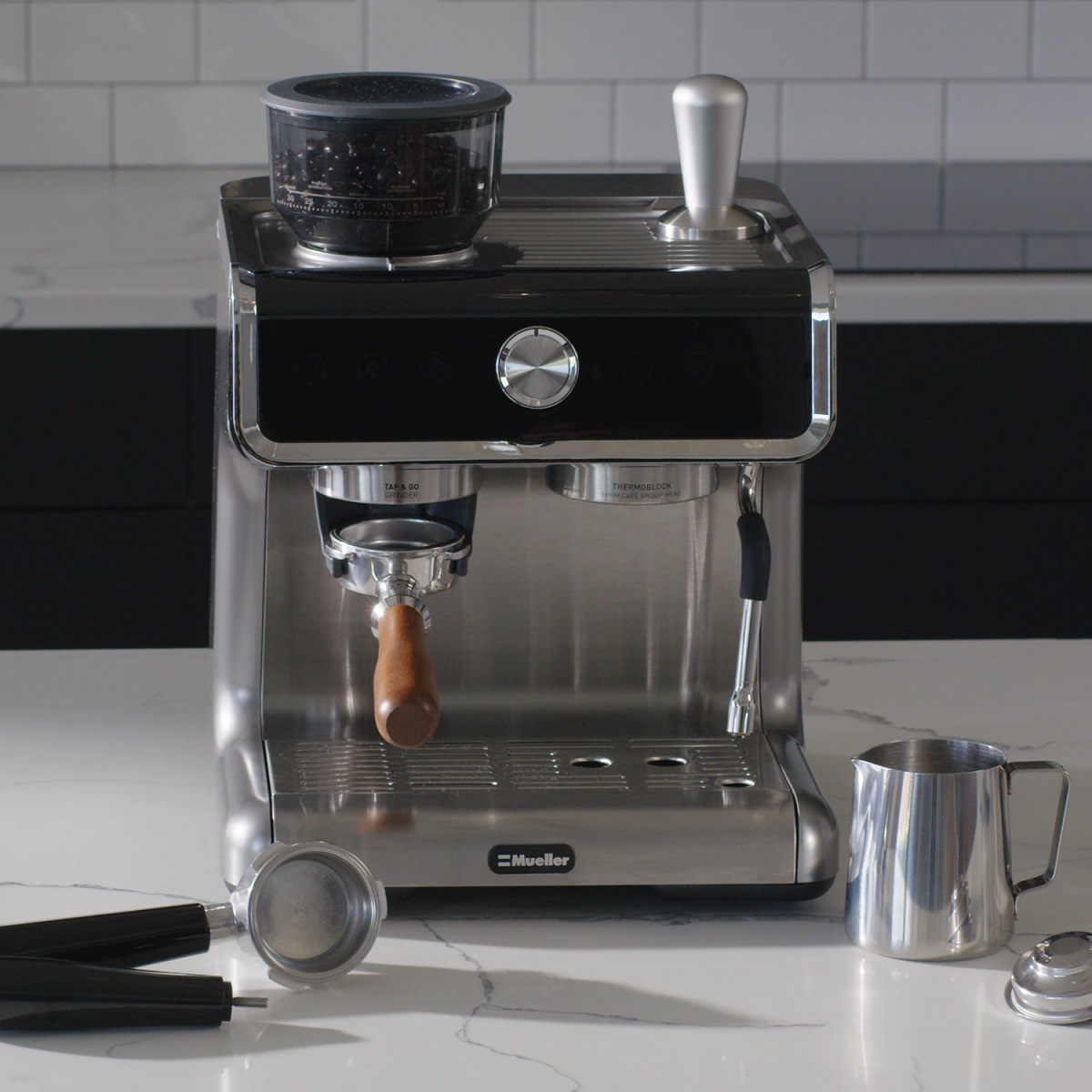
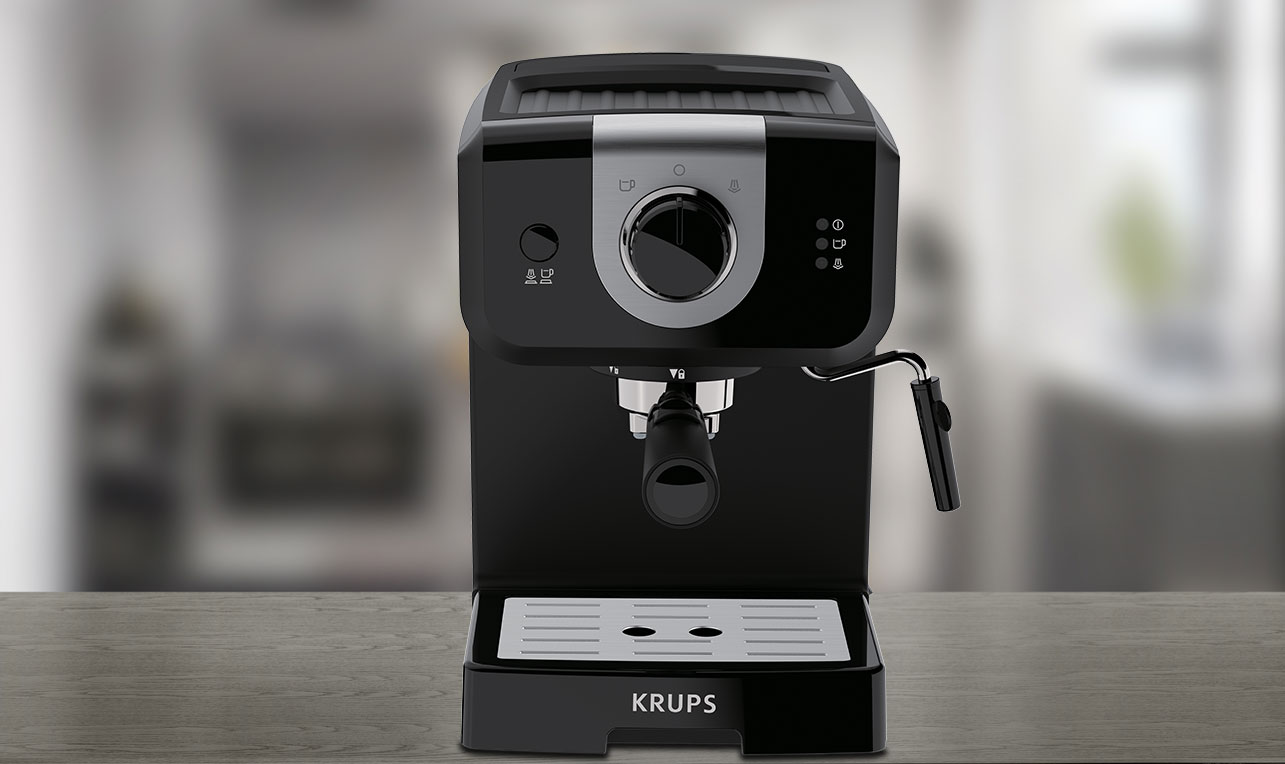

0 thoughts on “How To Use The Kitchenaid Espresso Machine”